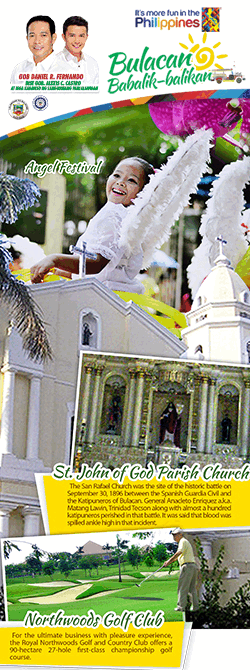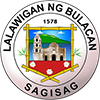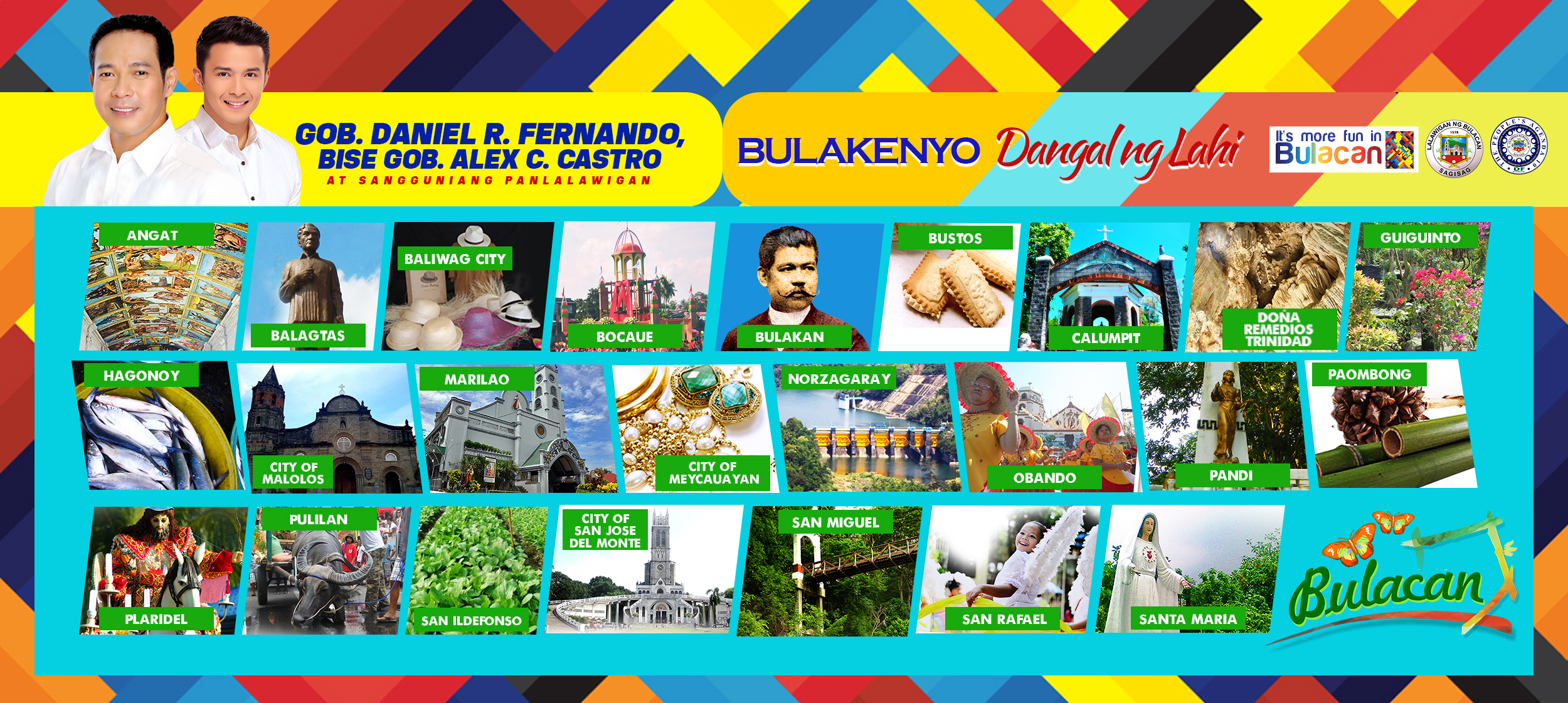
Long before the Spaniards came, the Philippines had already political units of some known as the "balangays" composed of several clans living is specific areas. In one of those barangays, in the then unknown town of San Rafael, a man named Rafael lived to become a legend.
One night in his deep slumber, he dreamt that he could cure the sick with the liver of the fish he caught. The following morning, he happened to pass by a neighbor's house, where an old man was ill and bed-ridden. He applied the liver on the painful stomach and after some moments the old man was able to get up from his bed. Since then he became a famous medicine man. Everyday his house was full of sick people hoping to be cured by him.
Then the Spaniards came to rule the Islands to carry out their mission of spreading Christianity through the Catholic faith. Several missionaries traveled from one place to another to spread the Gospel of God.
One of the places they visited was of Rafael's. They were attracted by the presence of many people going in his house. One of the Spaniards asked this question: "Que lugar es Este?" The natives unknowingly answered back with: "Si Rafael po nanggagamot: (Rafael is treating patient). The Spaniards retorted, "Pues, Este es San Rafael, ah?"
Since then, the town was known as San Rafael.
San Rafael including the town of San Ildefonso became once the property of the Hospital of San Juan de Dios because of the capricious friars who declared the lands that could be treated by a loose, sacrificial cow would become part of the San Juan de Dios. The two towns then begun to be called Hacienda de Buenavista until the year 1944.
The town of San Rafael also bore the brunt of Spanish and Japanese occupation troops but the people managed to live under stress and still they were united.
San Rafael was once a remote part or town of Bulacan bounded on the north by San Ildefonso, Southwest by Angat, South by Bustos, and Southeast by Baliuag. On the Southern part of San Rafael runs the Famous Angat River separating the town from Angat and Bustos.
The town of San Rafael is of line village type. The farms are located on a considerable distance from the houses. It is a vast plain stretching a few miles away from the foot of the famous Victory Hill and formerly a part of the most publicized Buenavista Estate.
Fast Facts
Physical and Socio-Political
Land Area 16,525 has
No. of Barangays 34
Population (2015) 94,655
Commerce and Industry
Major Industries:
Farming, Livestock, Fishing
Major Products:
Rice, Hogs and Poultry
Political Subdivision
San Rafael is politically subdivided into the following 34 barangays:
1. Banca-Banca
2. BMA – Balagtas
3. Caingin
4. Capihan
5. Coral na Bato
6. Cruz na Daan
7. Dagat-Dagatan
8. Diliman I
9. Diliman II
10. Libis
11. Lico
12. Maasim
13. Mabalas-Balas
14. Maguinao
15. Maronquillo
16. Paco
17. Pansumaloc
18. Pantubig
19. Pasong Bangkal
20. Pasong Callos
21. Pasong Intsik
22. Pinacpinacan
23. Poblacion
24. Pulo
25. Pulong Bayabas
26. Salapungan
27. Sampaloc
28. San Agustin
29. San Roque
30. Sapang Pahalang
31. Talacsan
32. Tambubong
33. Tukod
34. Ulingao
Contact Information
Municipal Officials:
Mayor Mark Cholo I. Violago
Vice Mayor Marilyn S. Veneracion
Mailing Address:
Engr. Emmanuel V. San Roque
Municipal Planning and Development Office
Municipal Government of San Rafael, Bulacan
San Rafael, Bulacan 3008 Philippines
Contact Nos:
Tel. No.: +63(44) 764-5457 local 130 (Mayor's Office); 764-4032 local 135 (MPDC)
|
MUNICIPAL OFFICIALS Term: 2022-2025 Term: 2019-2022 Term: 2013-2016 Term: 2010-2013 |




